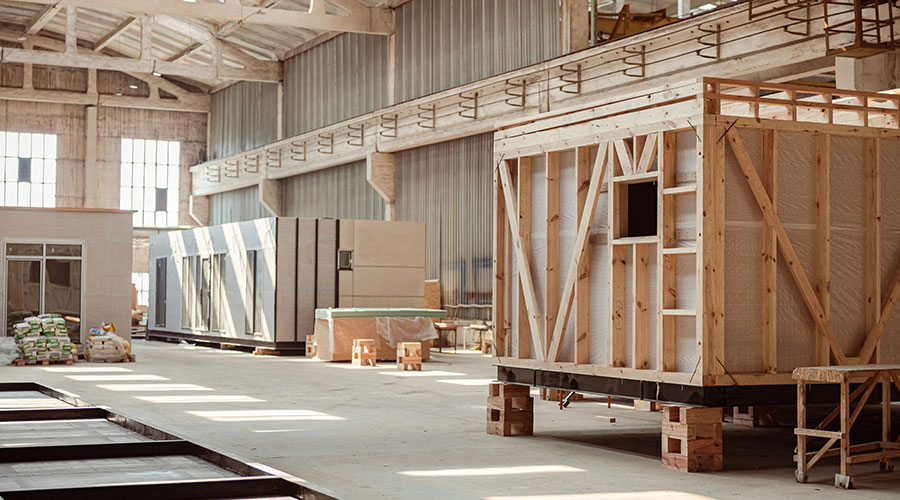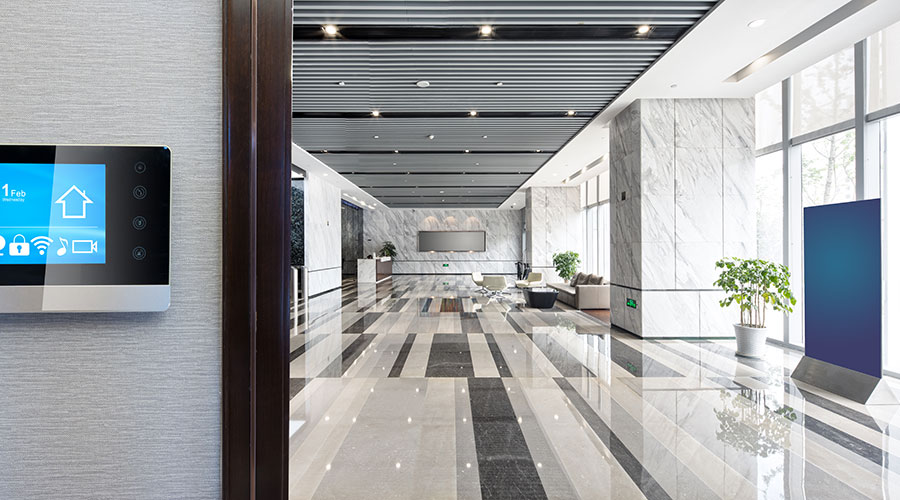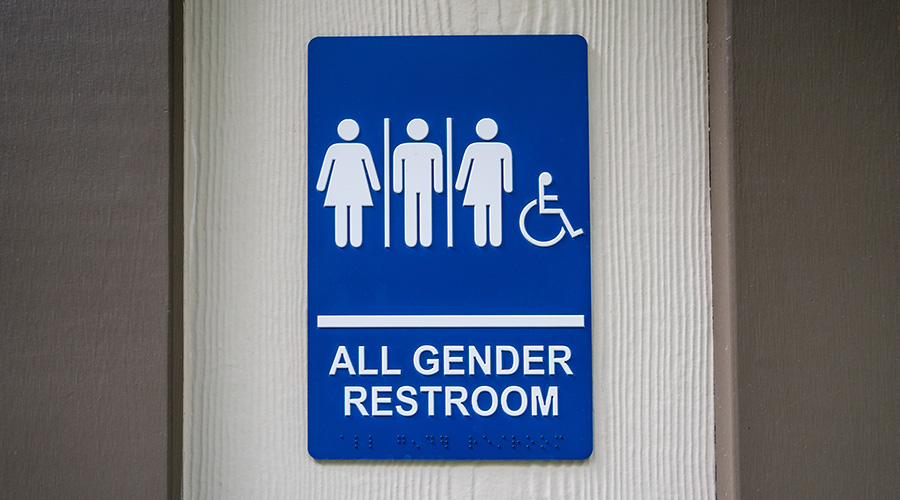
Prefabrication: A Unique Approach to Designing and Building Luxury Hotels
Prefabrication helps streamline construction processes, reduce disruptions and deliver consistent finishes that align with premium brand standards. June 26, 2025
By Jeff Wardon, Jr., Assistant Editor
Speed, precision and guest experience are core to the high-stakes world of luxury hospitality. This is why an increasing number of hotel developers and facility teams are turning to prefabrication to meet demanding timelines without sacrificing design or quality. The approach helps streamline construction processes, reduce disruptions and deliver consistent finishes that align with premium brand standards.
"These spaces need to be repeatable. They also need to be executable," says Alex Zilberman, principal at AZA Design.
Each space must follow a standardized layout and palette, which makes it possible to prefabricate entire guest rooms or bathrooms off-site. That is also done with confidence that they will be implemented seamlessly throughout multiple units or properties. However, standardization alone is not enough.
The facilities must be designed with constructability in mind so they can be made, delivered and installed without incident. Such predictability is crucial, and this rings true for the luxury market, where timelines and budgets may be larger, yet the margin for error is still razor thin.
“Even though the budgets are not small and the time frames are not terribly tight, you still want a predictability factor,” says Zilberman. “If you've factored in a certain amount of time and a certain budget, then they need to hit both of those.”
Equally critical is the guest’s experience, because even if a space is built flawlessly and efficiently, it still must feel luxurious and memorable to the guests. Incorporating elements of wellness into the overall design is key to that.
One way that can be accomplished is with how certain prefab systems, such as unitized or flat-pack models, can accommodate large spans and tall ceiling heights. That flexibility enables the use of expansive windows or glazed facades that bring in natural light while connecting guests to outdoor views.
“It’s about maximizing natural light and connecting to the landscape,” says Zilberman. “With the right system, you can create significant transparent surfaces that support that sense of openness and calm.”
Material choices also play a role, as drawing from biophilic and biomimicry design principles can aid in wellness. Zilberman says the value of using natural materials such as wood or stone, even if incorporated subtly, is that they help create an environment that feels warm and grounded. This can improve wellness in ways guests may not even notice.
Zilberman points to the integration of smart technologies as an opportunity to seize upon. While it is not exclusive to prefabrication, many wellness supporting systems such as circadian lighting or air quality sensors can be directly embedded into prefab components.
“If these features are planned early, you can pre-route the cavities and connections,” he says. “It becomes a plug-and-play solution that supports health and wellness from day one.”
Jeff Wardon, Jr., is the assistant editor of the facilities market.
Next
Read next on FacilitiesNet












